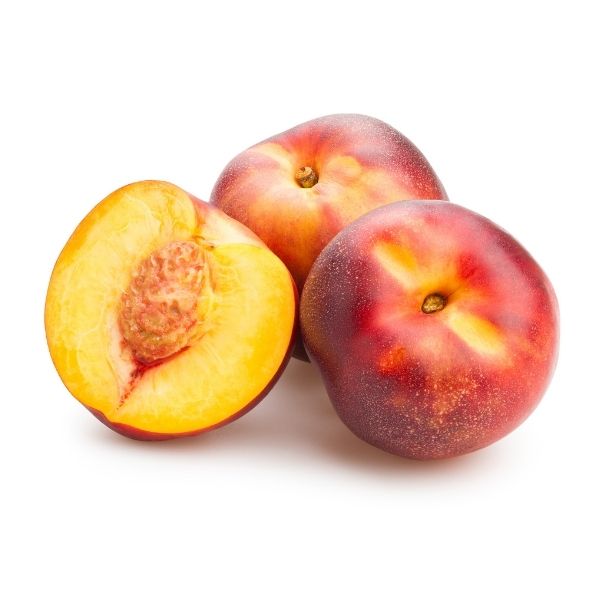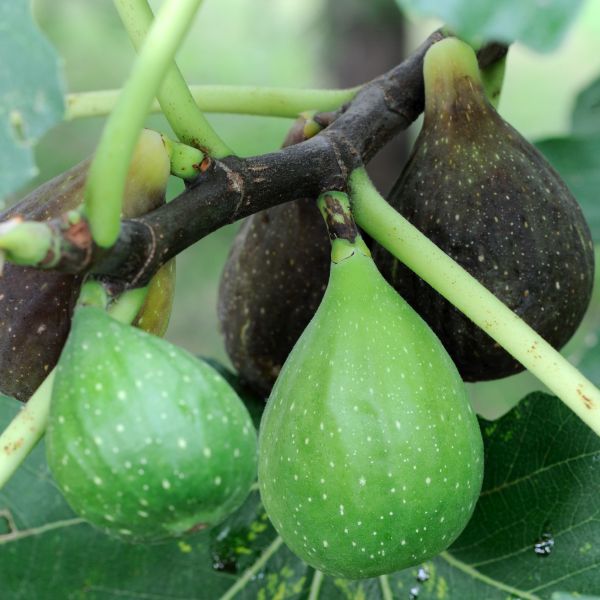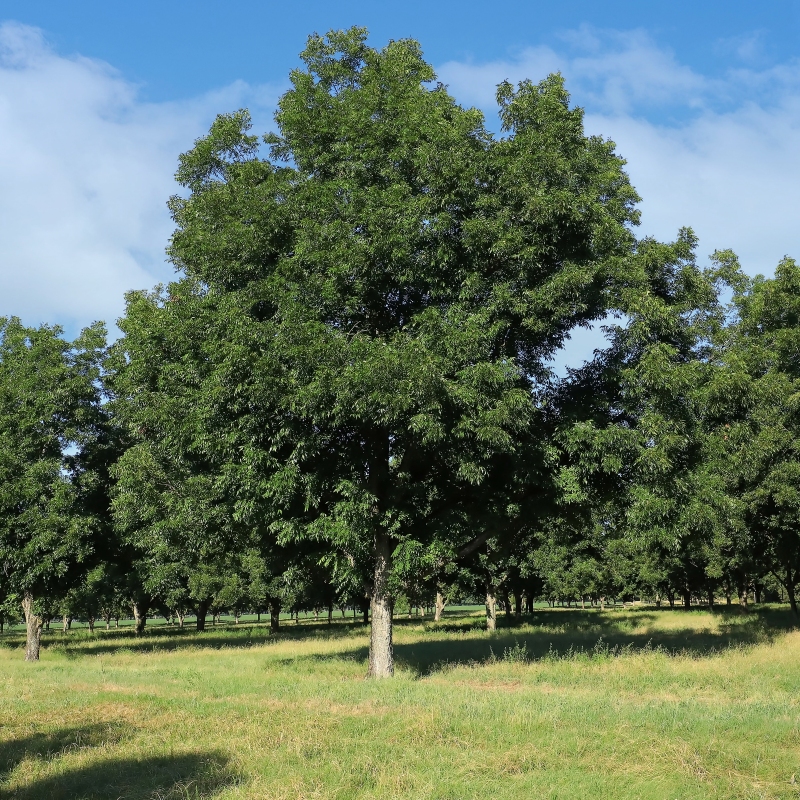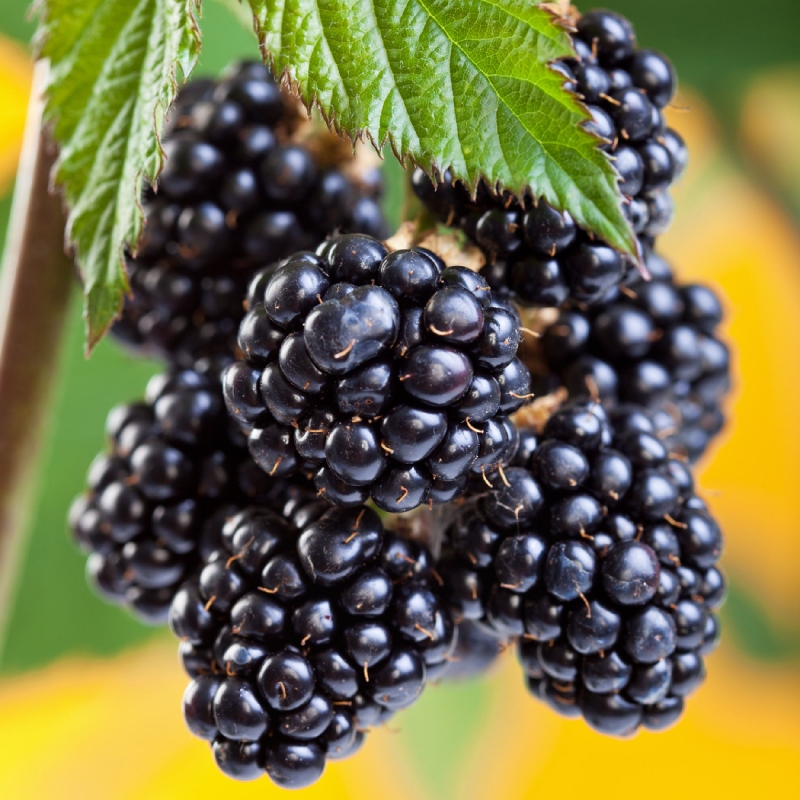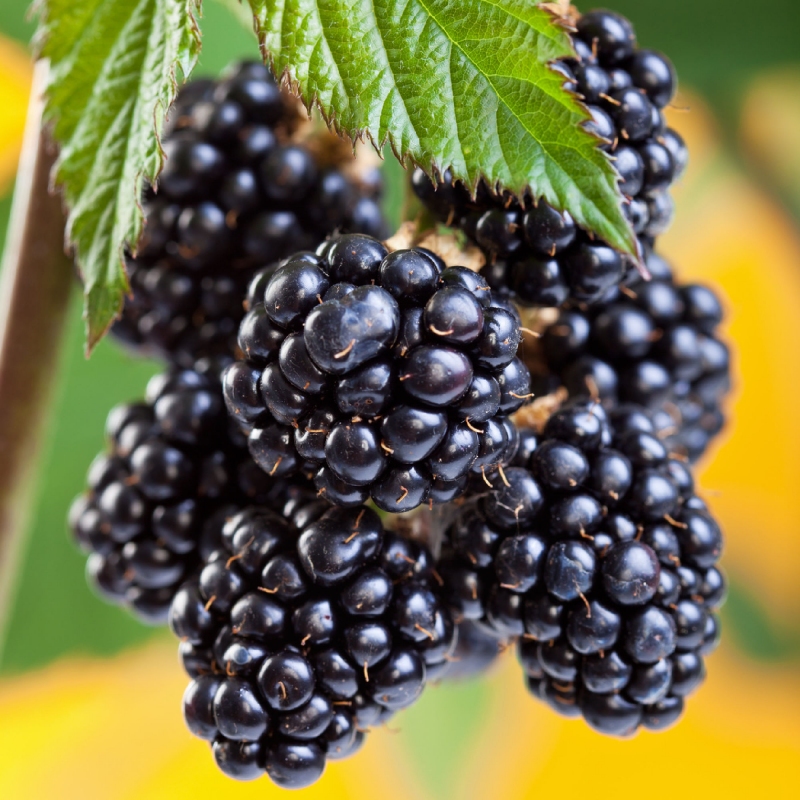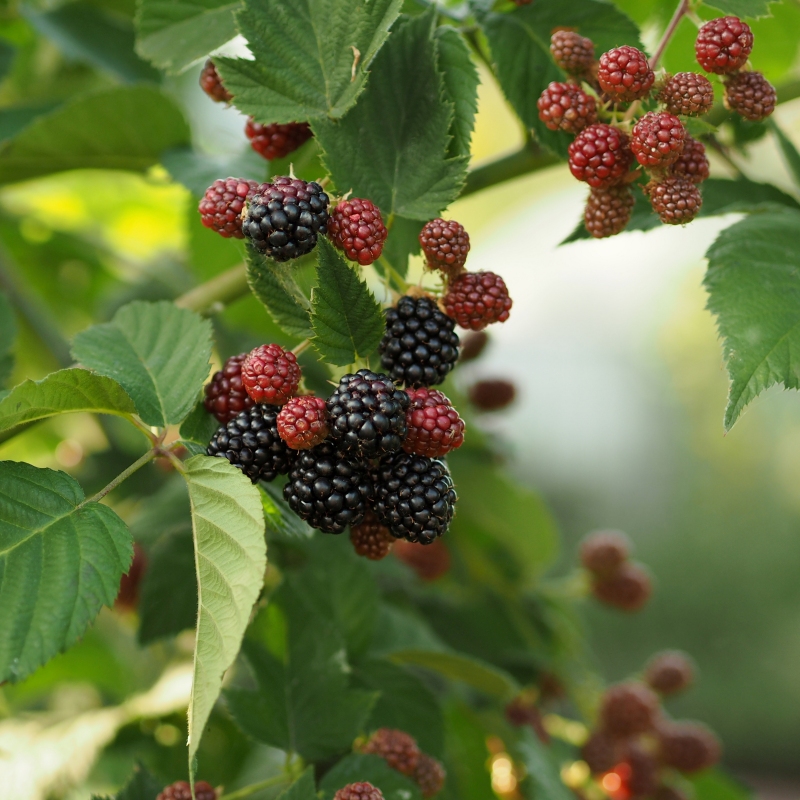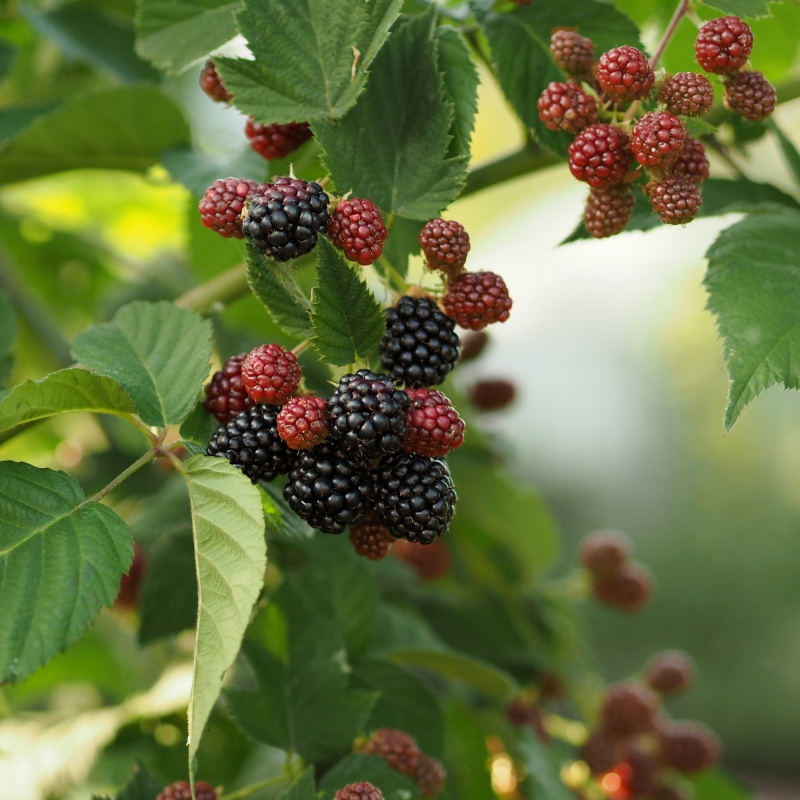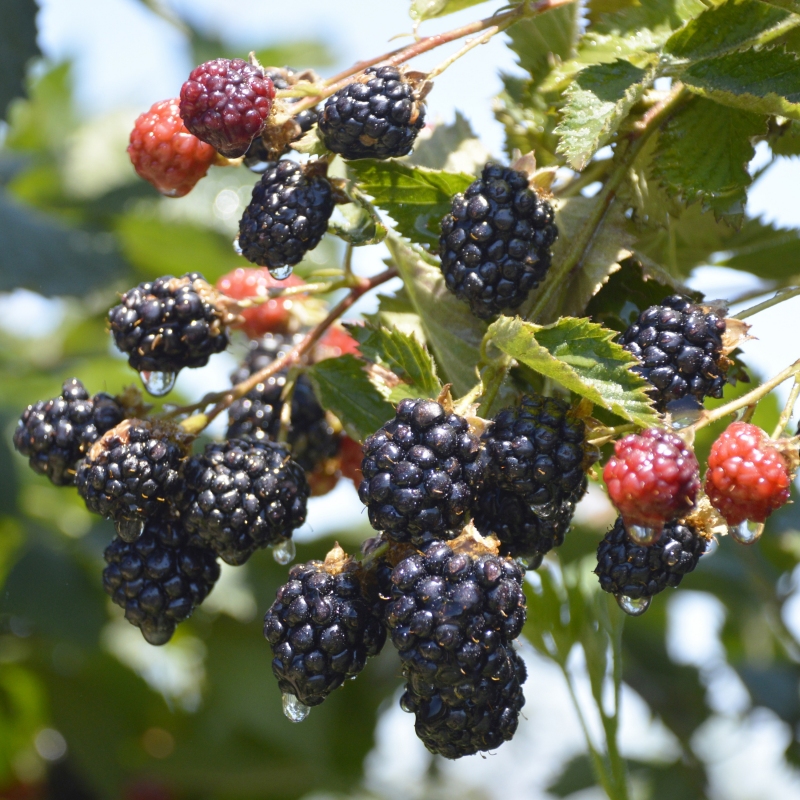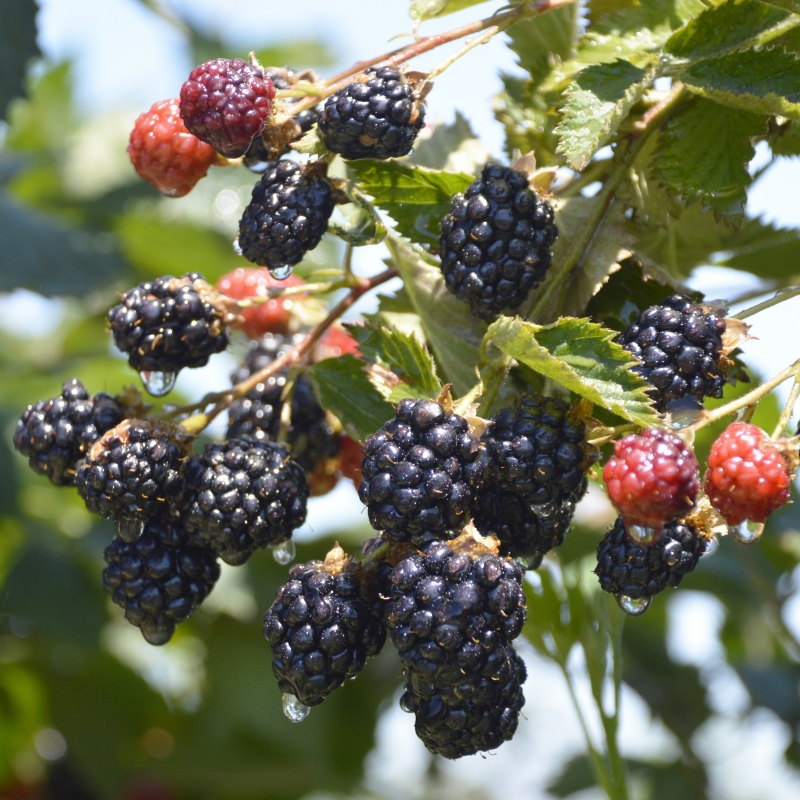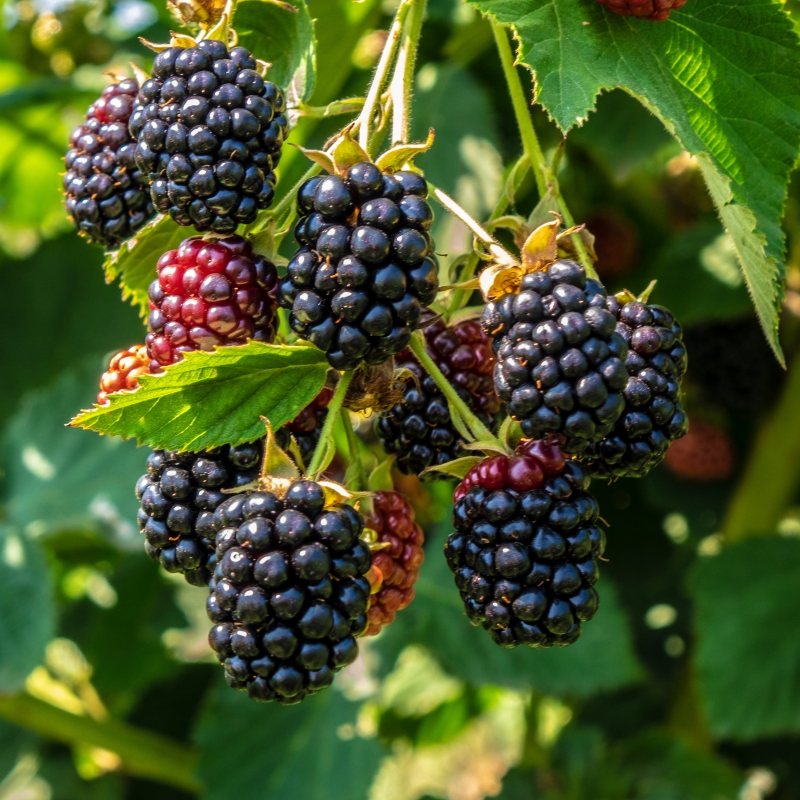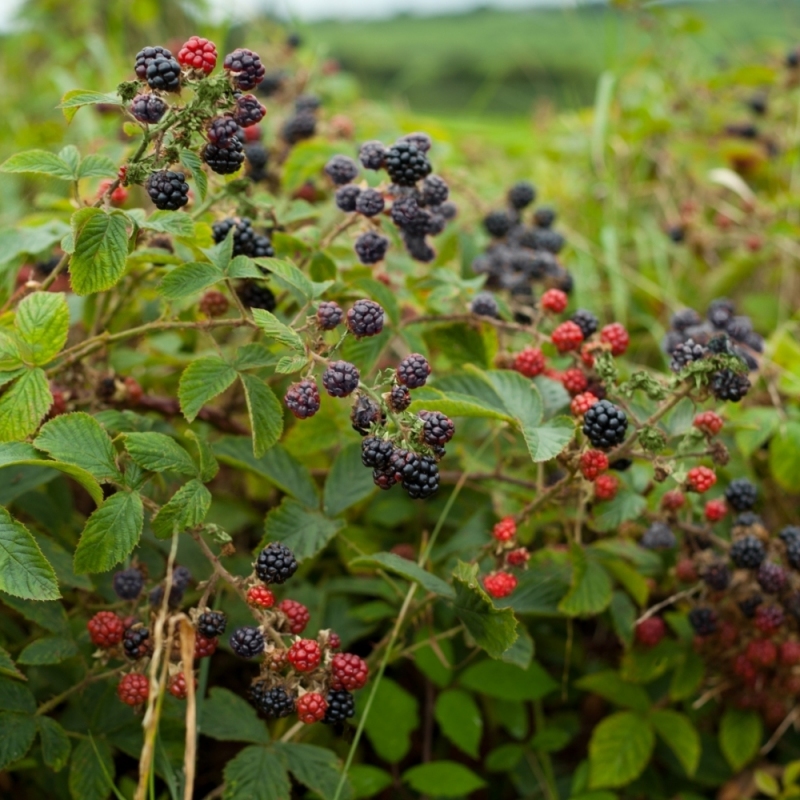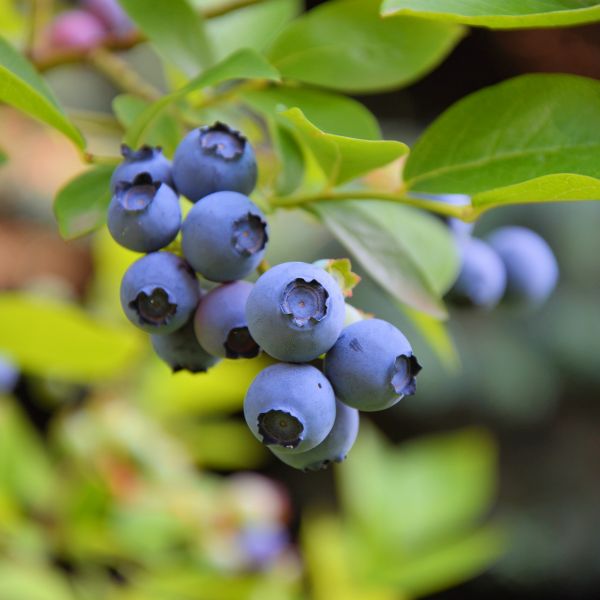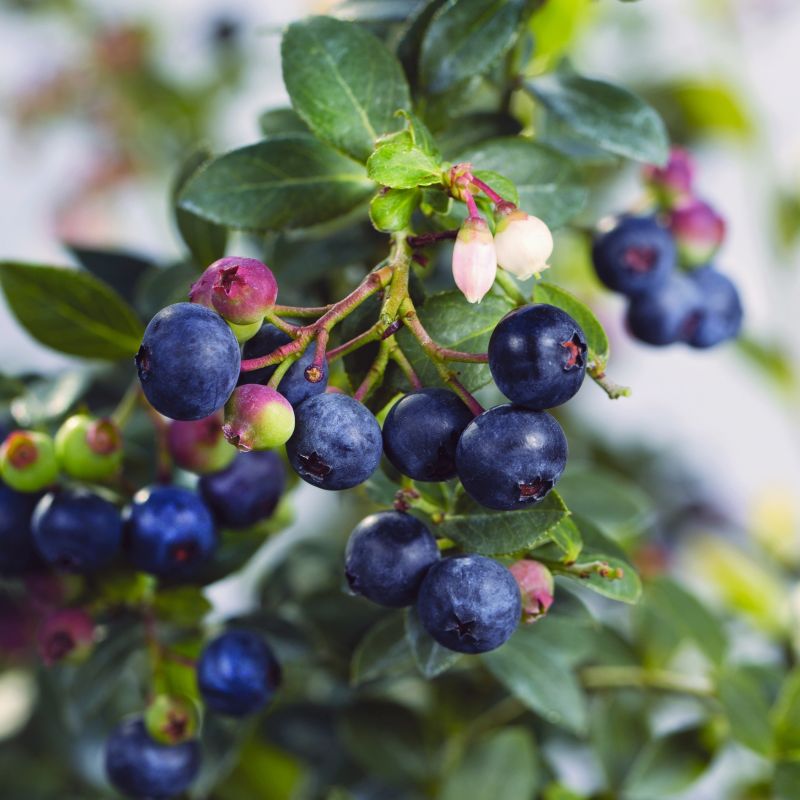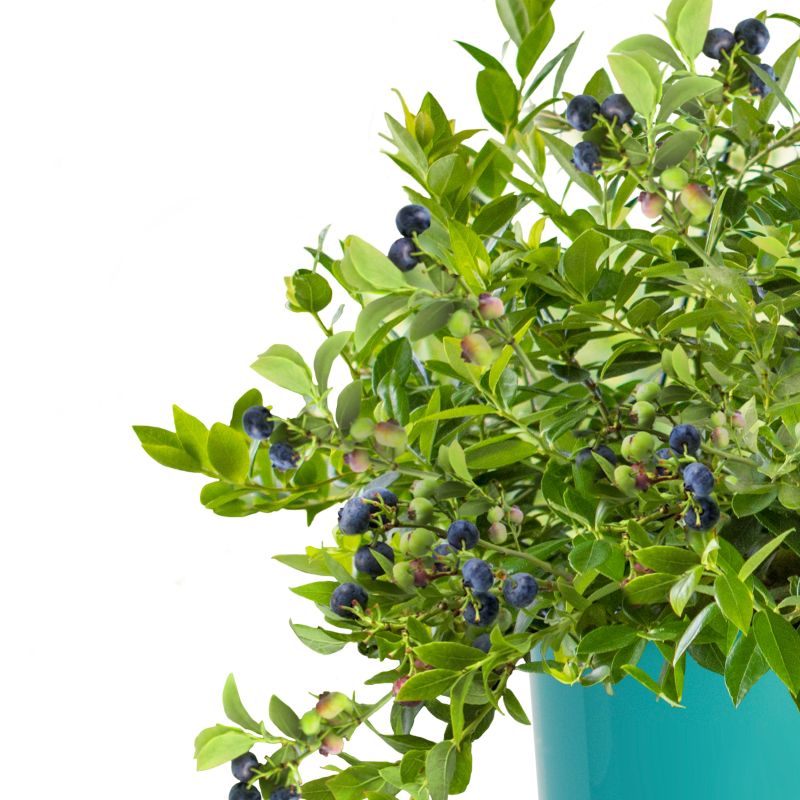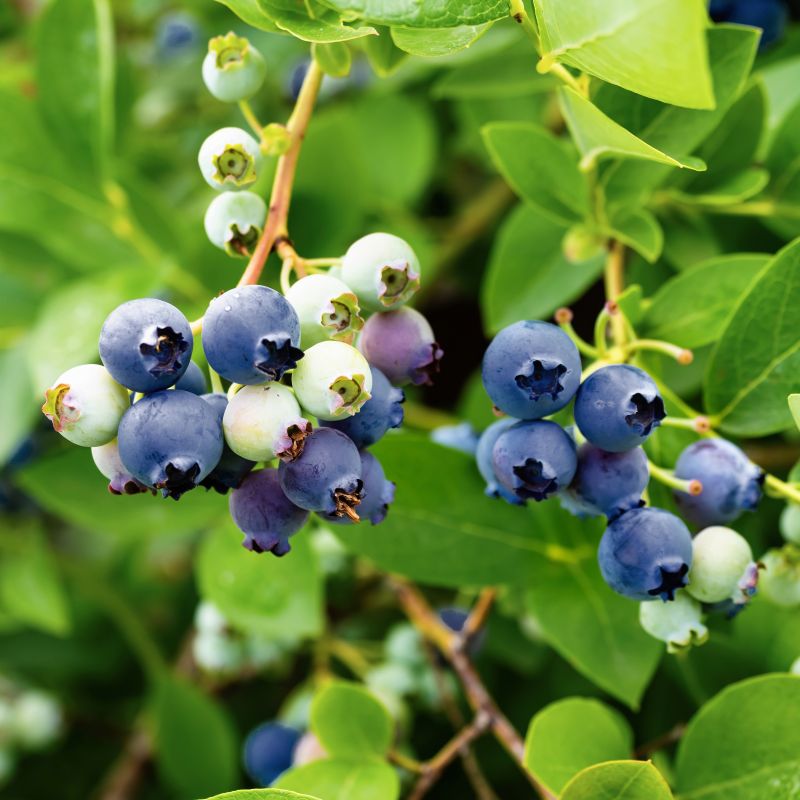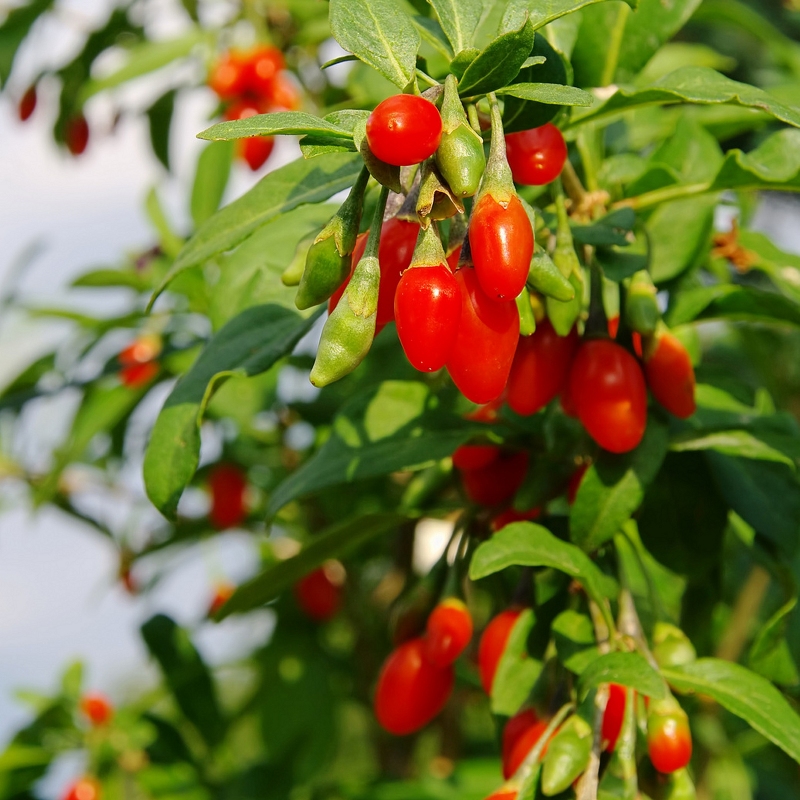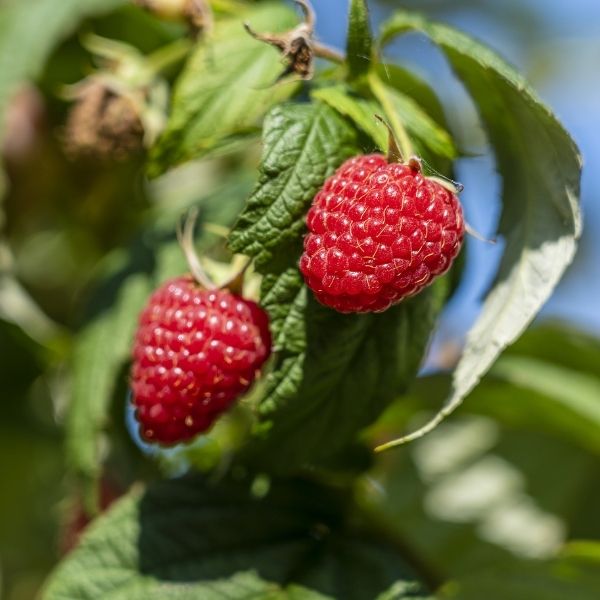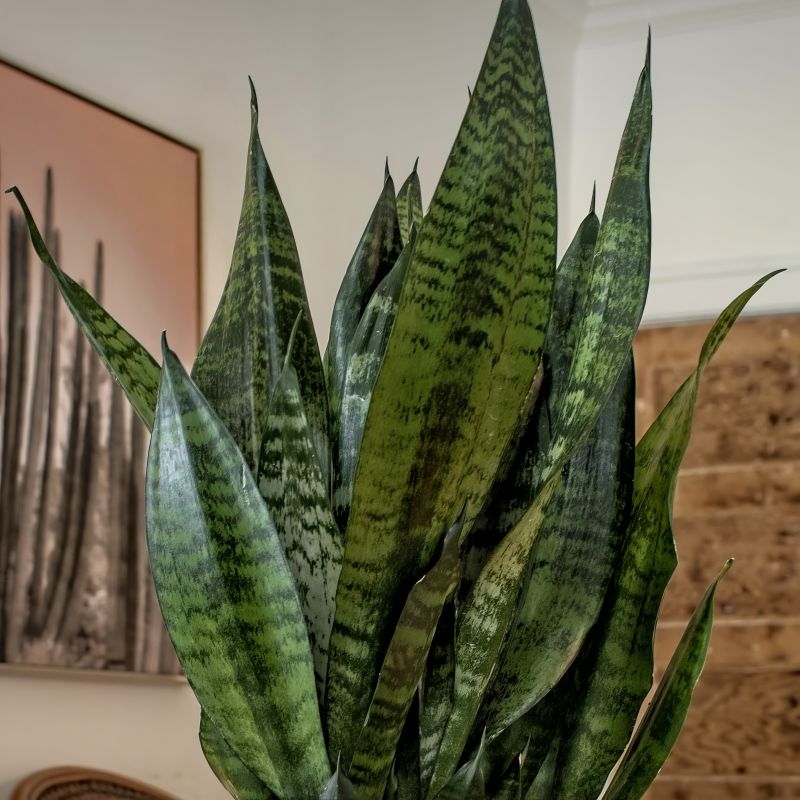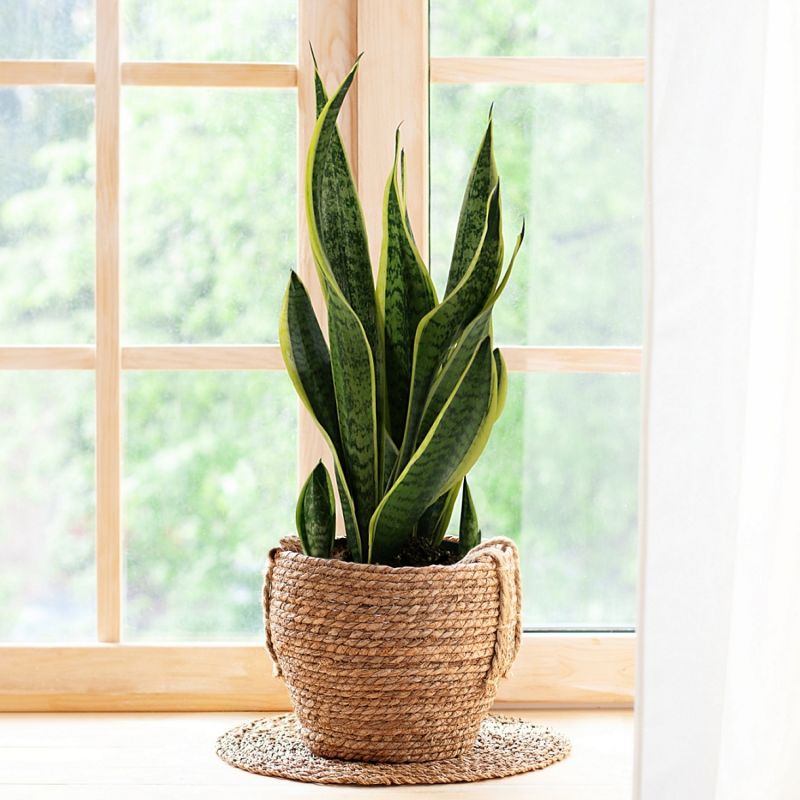

Mini Nectar Zee Nectarine
Prunus persica nucipersica 'Nectar Zee'
15 reviews


Mini Nectar Zee Nectarine
Prunus persica nucipersica 'Nectar Zee'
15 reviews
$115.00
$165.00
30% Off
2.5 Gallon
We are sorry, product is currently out of stock due to seasonal availability. Please check the "Related plants available in your area" section below
Why Mini Nectar Zee Nectarine?
Mini Nectar Zee Nectarine is a dwarf fruit tree that reaches a height of only 3-4 feet, making it perfect for small gardens or containers. It produces delicious, semi-freestone nectarines that are firm and juicy with a sweet, tangy flavor. It requires full sun and well-draining soil to thrive. It blooms beautifully in spring, and the fruit ripens in late summer. With its compact size and tasty fruit, Mini Nectar Zee Nectarine is a great choice for any fruit lover.
Related plants available in your area
Sunlight
The Mini Nectar Zee Nectarine requires full sun exposure to thrive and produce a bountiful harvest.
Watering
The Mini Nectar Zee Nectarine requires regular watering, typically about 1-2 inches per week, especially during the growing season. It is important to keep the soil consistently moist but not waterlogged.
Fertilizing
The fertilizer requirement for Mini Nectar Zee Nectarine is typically high, requiring a balanced fertilizer that provides essential nutrients such as nitrogen, phosphorus, and potassium. Additionally, it may benefit from micronutrients like magnesium, iron
Introducing the Mini Nectar Zee Nectarine, a delightful addition to any garden! This compact fruit tree thrives in sunny growing conditions, making it perfect for those with limited space. With minimal maintenance needs, this nectarine variety is a breeze to care for. Plant it in well-draining soil, and watch it flourish in USDA hardiness zones 5 to 9.
Not only does the Mini Nectar Zee Nectarine produce delicious and juicy fruit, but it also adds a charming aesthetic to your landscape design. Its petite size makes it an ideal choice for both small gardens and decorative containers. The tree's vibrant pink blossoms in spring will create a stunning focal point in any outdoor space.
In addition to its compact size and stunning appearance, the Mini Nectar Zee Nectarine has some fascinating characteristics. Did you know that this variety is a dwarf tree, which means it stays small and manageable, reaching a height of around 6 to 8 feet? This makes it an excellent choice for urban gardens or even for growing in large pots on balconies or patios.
But that's not all – this nectarine tree is a magnet for pollinators! Bees and butterflies will flock to the fragrant blossoms, ensuring a thriving ecosystem in your backyard. Plus, here's a fun fact: the Mini Nectar Zee Nectarine is self-fertile, meaning you only need one tree to enjoy an abundant harvest of tangy and sweet nectarines.
Don't miss out on the opportunity to grow this extraordinary fruit tree. Add the Mini Nectar Zee Nectarine to your garden today and savor the joy of homegrown fruit in a compact and enchanting package!
Plant Information:
| Botanical Name: | Prunus persica nucipersica 'Nectar Zee' |
| USDA Zones: | 7-9 |
| Water: | Medium |
| Exposure: | Full Sun |
| Soil Needs: | Well-Drained |
| Mature Height: | 5 - 6 feet |
| Mature Spread: | 5 - 6 feet |

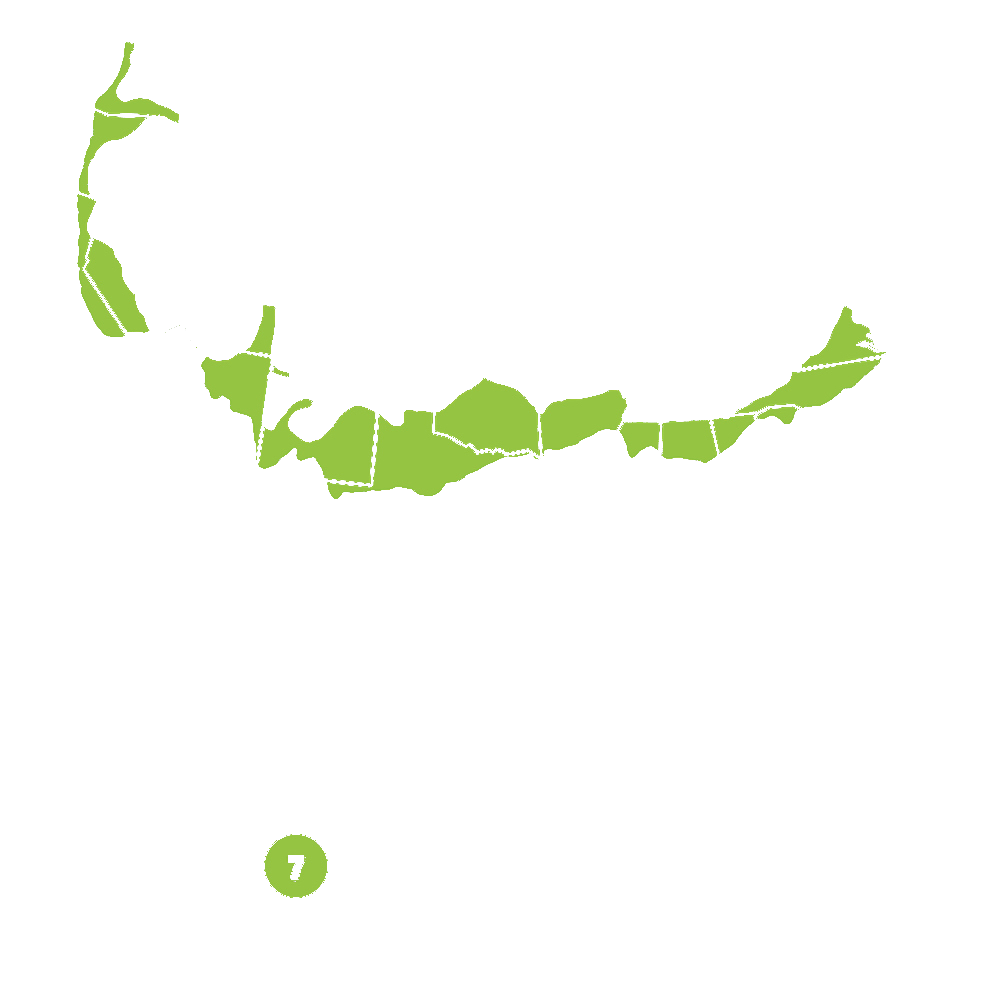
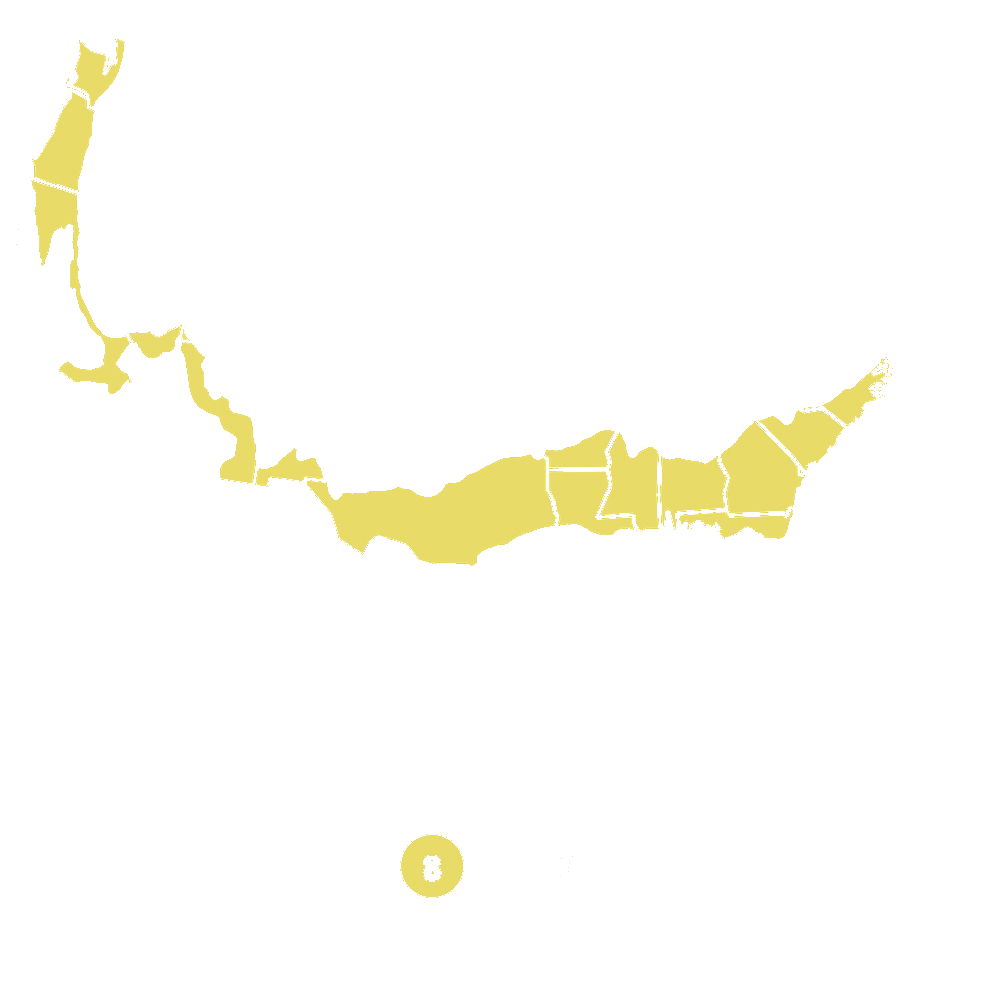
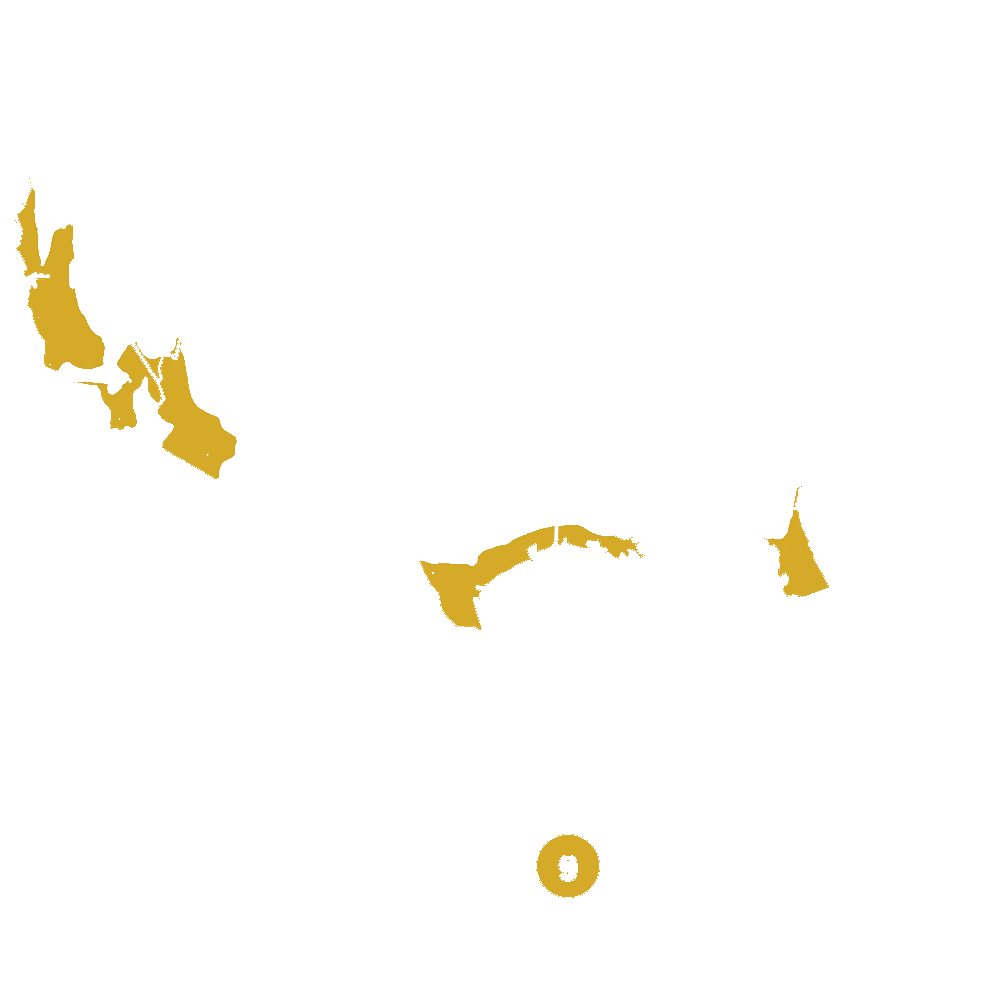
Pollination Info
Pollination Info for Mini Nectar Zee Nectarine (Prunus persica nucipersica 'Nectar Zee')
The Mini Nectar Zee Nectarine is a self-fertile variety, which means that it doesn't require another tree to pollinate. However, it will produce a larger crop if cross-pollinated by another variety of nectarine or peach tree.
The Mini Nectar Zee Nectarine blooms in late winter to early spring, and its flowers are attractive to bees and other pollinators. Good pollinators for this tree include other nectarine and peach varieties, as well as plums and apricots.
For cross-pollination, it is recommended to plant another variety of nectarine or peach within 50-100 feet of the Mini Nectar Zee Nectarine. This will increase the chances of successful pollination and a larger fruit crop.
FAQ
Mini Nectar Zee Nectarine (Prunus persica nucipersica 'Nectar Zee') FAQ
What is a Mini Nectar Zee Nectarine?
A Mini Nectar Zee Nectarine is a small-sized, self-pollinating fruit tree that produces sweet and juicy nectarines. It is a deciduous tree with medium-green foliage and springtime blooms of pink or white.
How big does a Mini Nectar Zee Nectarine tree get?
A Mini Nectar Zee Nectarine tree grows to be about 6-8 feet tall and wide when fully matured.
What is the ideal growing environment for a Mini Nectar Zee Nectarine?
Mini Nectar Zee Nectarines thrive in full sun and well-draining soil with a pH level of 6.0 to 7.0. They prefer mild to warm climates and need to be protected from frost during the winter months.
When do Mini Nectar Zee Nectarines mature?
Mini Nectar Zee Nectarines typically mature in mid to late summer, around late July to early August depending on the climate and growing conditions.
How do I know when my Mini Nectar Zee Nectarines are ready to pick?
A ripe Mini Nectar Zee Nectarine will have a firm yet slightly soft texture and a deep orangey-red color along the skin. The fruit should detach easily from the tree when given a slight twist.
Can Mini Nectar Zee Nectarines be grown in pots or containers?
Yes, Mini Nectar Zee Nectarines can be grown in pots or containers as long as they have enough space to grow and are given proper care and attention.
Do Mini Nectar Zee Nectarines need to be pruned?
Yes, Mini Nectar Zee Nectarines need to be pruned regularly to encourage healthy growth and fruit production. Pruning should be done in late winter or early spring when the tree is still dormant.
Are Mini Nectar Zee Nectarines resistant to pests and diseases?
Mini Nectar Zee Nectarines are generally resistant to most pests and diseases, but they can still be prone to some problems like peach leaf curl, brown rot, and aphids. Regular maintenance and monitoring can help prevent or control these issues.
Planting & Care
Planting Instructions for Mini Nectar Zee Nectarine
- Choose a planting location that receives full sun (at least 6-8 hours of direct sunlight per day) and has well-drained soil.
- Dig a hole that is slightly larger than the root ball of the tree.
- Place the tree in the hole so that the top of the root ball is level with the soil surface.
- Backfill the hole with soil and pack it firmly around the tree to eliminate air pockets.
- Water the tree thoroughly after planting.
Care Instructions for Mini Nectar Zee Nectarine
- Water the tree deeply once a week, or more frequently during periods of hot and dry weather.
- Fertilize the tree once a year in early spring with a balanced fertilizer formulated for fruit trees.
- Prune the tree in late winter or early spring to maintain its shape and remove any damaged or diseased branches.
- Protect the tree from pests and diseases by regularly inspecting it for signs of damage and treating any issues promptly.
- Harvest the fruit when it is fully ripe by gently twisting it off the tree or cutting it with pruning shears.
Check Out These Verified Customer Reviews:
Customer Reviews
4.7 out of 5 based on 15 reviews
Thank you! Your review has been submitted.
Website easy to use, great experience
Website was easy to navigate. Quick delivery and excellent customer service.
Beautiful and juicy nectarines
Item has been added to your cart.



